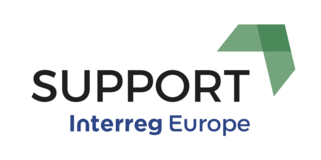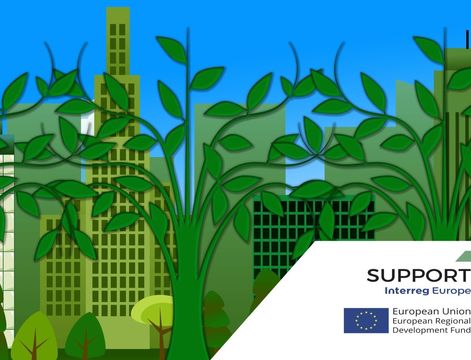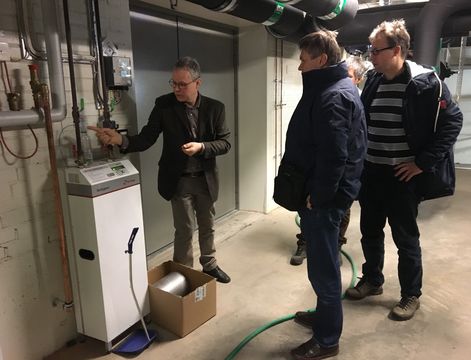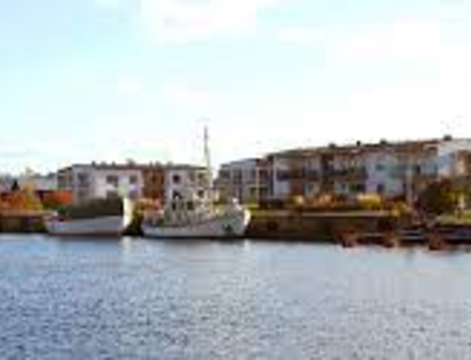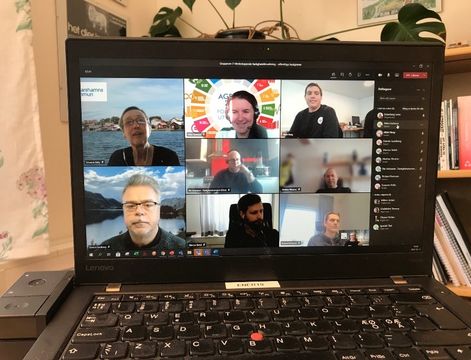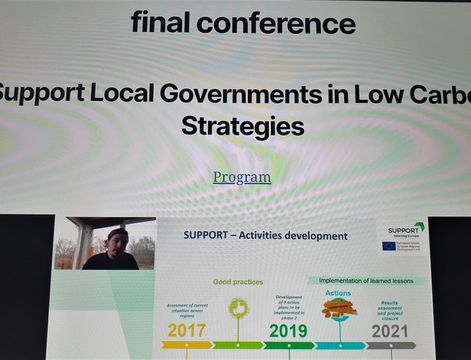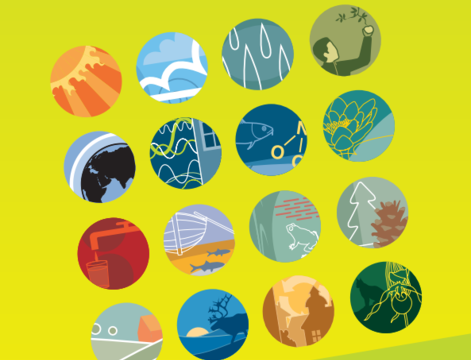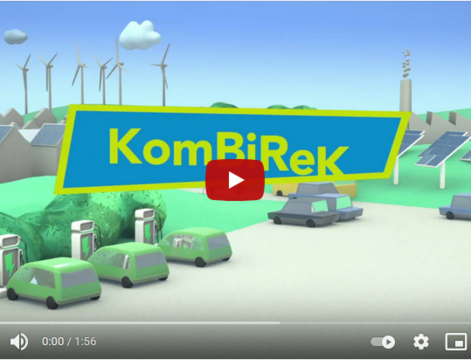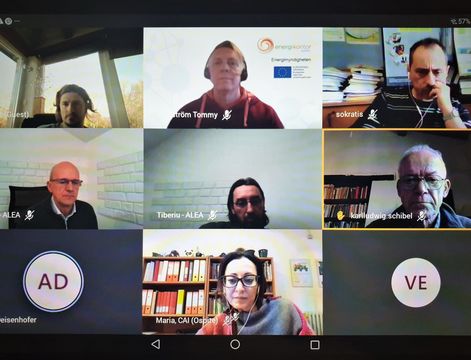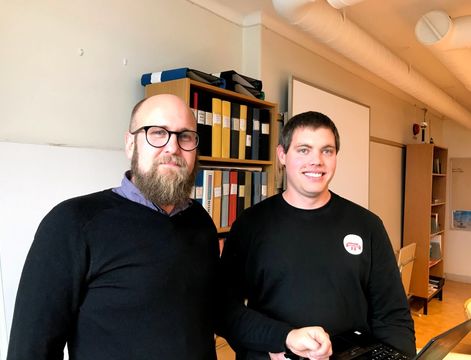During phase 1 (semester 1) the Energy Agency for Southeast Sweden carried out various meetings with local stakeholders. This a summary report of the meetings.
17-1-2017: stakeholder meeting with Kalmar County Administrative board responsible for the policy document “Regionalt åtgärdsprogram för miljömålen 2015-2020” –the policy instrument in focus in Sweden. The Energy Agency for Southeast Sweden gave a presentation of Interreg and SUPPORTand the work plan for the project. Discussions about the policy document and other relevant steering documents in the region. Possibilities for cooperation’s during the projects lifetime. Pictures here
30-1-17: regional kickoff meeting for the stakeholders Klimatsamverkan. First Mrs Christel Liljegren shortly presented the Interreg Europe-program and then sufficient information about the project in order to inform the stakeholders about the project objectives and future project events. Discussion about the regional analysis were carried out eg status on current information and contact persons and well as the purpose pf the upcoming Action plan and its implementation.
17-2-17: stakeholder meeting with Kalmar County Administrative board responsible for the policy document “Regionalt åtgärdsprogram för miljömålen 2015 - 2020” –the policy instrument in focus in Sweden. During the meeting we defined a need to go further with the discussions about the general plan for 2017. The purpose of this the meeting was therefor to discuss upcoming activities and need for activities in the region, that includes stakeholders for the SUPPORT project. The result was a joint excel file for activities 2017.
28-2-2017: regional meeting concerning the draft for the Regional background paper. The issue was regional and municipal energy statistics. In the region the regional policy instrument for energy and climate issues is the document “Hållbar utveckling och god livsmiljö i Kalmar län” and specifically the goal “Miljökvalitetsmålet –Begränsad klimatpåverkan”, but there is also a specific action plan called “NoOil”.Over the years the municipalities in the region have, in varying degrees, compiled energy statistics for different areas or objects connected to these documents.
-2010 The energy Agency for Southeast Sweden supported some municipalities with statistics for the year 2008 –a majority of the municipalities participated.
-2014 a regional public procurement was carried out to procure regional and county Statistics for the year 2012 –a minority of the municipalities participated.
-2015 the national networks of County administrative boards procured the same thing for the year 2013 but only for the entire county and not for the respective municipality.
-2017 the national networks of County administrative boards procured the same thing as for the year 2015. As comparison for the statistics the year 1990, 2005 and 2007 have been used.
To do:
• ESS will look into what information that will be compiled in Support Regional Analysis document.
• ESS and KC will look into how CO2-emissions for different sectors can be compiled and presented.
•ESS and RK will look into how new milstones should be developed so that available statistics from eg from the Central Statistics Office can be used for follow-up .
5-4-2017: 2nd regional kickoff meeting for the stakeholders , Kalmar County Administrative Board responsible for the policy instrument 5 (Hållbar utveckling och god livsmiljö I Kalmar län. Regionalt åtgärdsprogram för miljömålen 2015 - 2020). Discussion about the national system for the national Environmental Objective and which objective that are relevant for SUPPORT, EE and RES in public buildings.
The environmental quality objectives describe what quality and state of the environment are sustainable in the long term.There was also a discussion about the Global Goals for Sustainable Development and which objective that are relevant for SUPPORT, EE and RES in public buildings.
10-4-17: workshop meeting for the stakeholders Klimatsamverkan . Mrs Christel iljegren presented the purpose with the regional background analysis and the input required from the stakeholders thru the online questionnaire, and a workshop about the regional analysis was carried out . Discussions about the current status on goals and steering documents as well as available data from local, regional and national organ isations. There was also discussion about current presentations from statistics on different levels. There is a lack of internal communication in some organization between technicians and the personin charge of the reports and assessment of the energy-and climate objectives. There is a lack of common system for how to develop and follow up objectives - exchange of experience between different real – estate owners and EE/RES -projects can be developed.
